What is an induction furnace?
One type of furnace used in metallurgical processes for melting and heating metal is an induction furnace. It works on the basis of electromagnetic induction, which is the process of passing a high-frequency alternating current (AC) through a coil to produce a magnetic field that changes quickly. When a metal charge is placed inside or close to a coil, this magnetic field creates eddy currents that cause resistive heating and eventual melting of the metal. Industrial applications for induction furnaces are widespread, especially in foundries and metalworking facilities. High efficiency, accurate temperature control, and quick heating rates are some of their benefits. The quality and consistency of the molten metal are enhanced by the uniform heating provided by induction heating throughout the metal charge.
The category of induction furnaces
One notable category within the realm of induction furnaces is the vacuum induction furnace. This specialized variant, known for its controlled environment, is employed in processes such as vacuum induction melting (VIM) and vacuum induction melting furnaces (VIMF). The vacuum environment ensures a controlled atmosphere, preventing unwanted reactions and impurities during the melting process. This type of furnace plays a crucial role in metallurgy, particularly in the production of high-performance alloys and specialty steels where precise control of composition and cleanliness is paramount.
Various types of induction furnaces cater to diverse industrial needs. For instance, the vacuum melting furnace, a subtype of induction furnace, operates under controlled pressure conditions to prevent oxidation and unwanted reactions, resulting in preferable metallurgical outcomes. Specifically designed for the demands of the steel industry, the melting furnace for steel employs induction heating to efficiently melt and refine steel, meeting the stringent requirements of steel production processes.
The functions of induction furnaces
The primary function of an induction furnace, be it a conventional or a vacuum variant, lies in its ability to melt metals for casting or further processing efficiently. The induction heating method employed is known for its precision and rapidity, ensuring uniform heating of the metal charge. This is especially valuable in applications requiring specific temperature control and metallurgical integrity, such as in the production of high-strength steels.
In conclusion, induction furnaces, encompassing conventional and specialized variants like vacuum induction furnaces, play a pivotal role in melting and refining metals. Their application spans a range of industries, with specific types, such as vacuum induction melting furnaces, being instrumental in the production of high-performance alloys and specialty steels. With their precise heating capabilities and diverse applications, induction furnaces stand as indispensable tools in modern metallurgy.
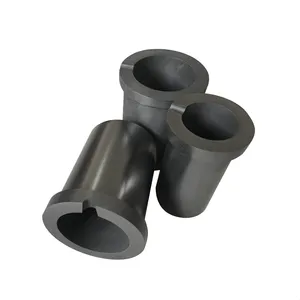

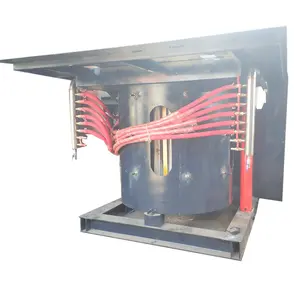

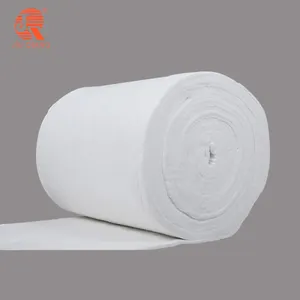





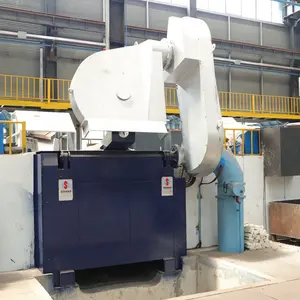




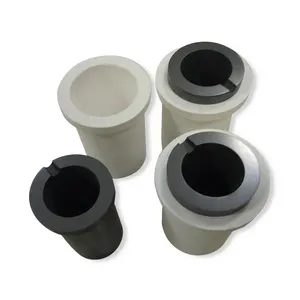

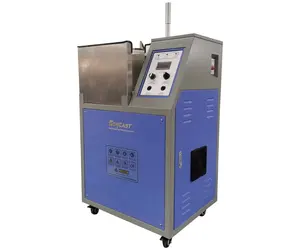


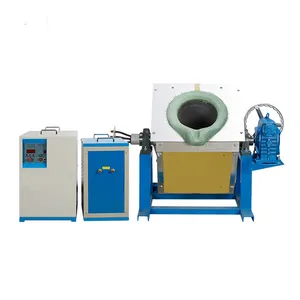
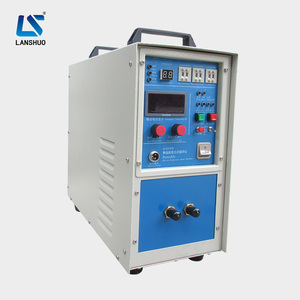





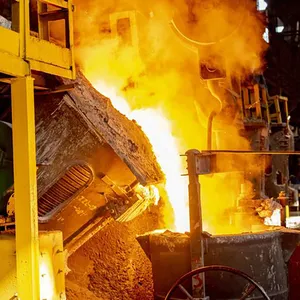
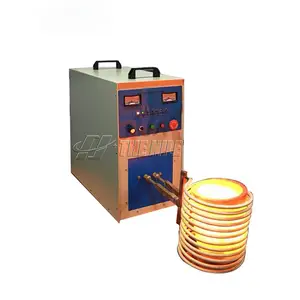
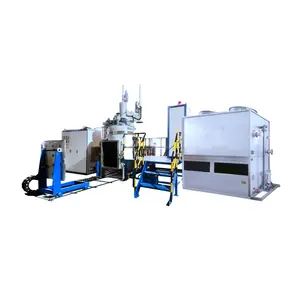


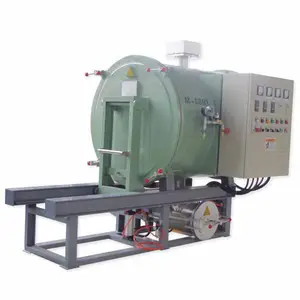

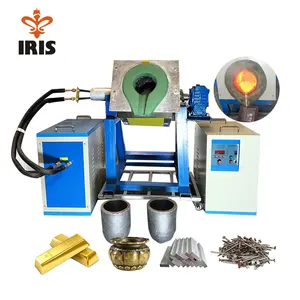

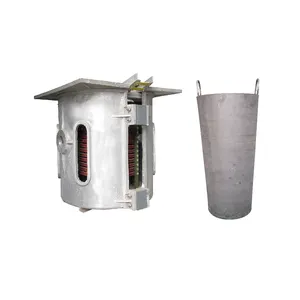


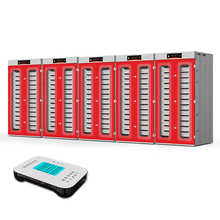
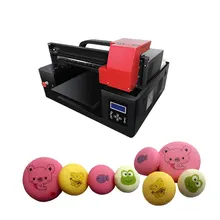





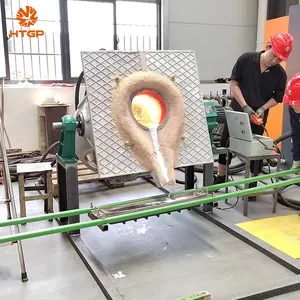
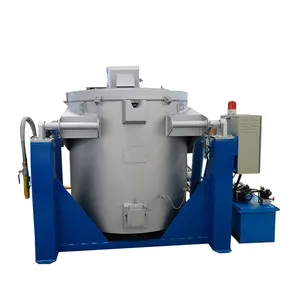
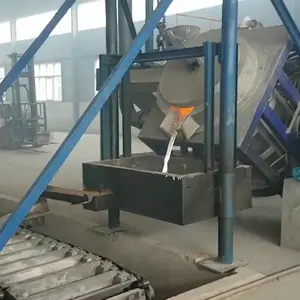




























 浙公网安备 33010002000092号
浙公网安备 33010002000092号 浙B2-20120091-4
浙B2-20120091-4